2021 was a year of transition marked by a strong increase in data maturity. This podcast explores trends to be expected in the months to come in regards to accelerating 1P data collection, expanding brands’ CDPs and increasingly probabilistic approaches to performance measurement.
2021 was a year of transition marked by a strong increase in data maturity for:
The trends we are observing are part of this series of changes, with advances in technology combined with greater respect for data protection
The need to control one’s 1st party data, as it is becoming vital to be able to rely on clean, consented and controlled data. This requires two enablers: data collection programs and a proper tools ecosystem
A concrete application of these changes is the evolution in performance measurement:
Historically, we have relied heavily on deterministic measurement based on identifiers (mainly 3rd party cookies) to track the consumer journey from start to finish online. The end of 3rd party IDs will quickly make traditional attribution approaches less relevant. They will continue to work on a reduced scope, within walled gardens (you will have your FB performance measurement, attribution for the entire Google environment – cross-device thanks to GA4) but will be less effective for a cross-walled garden vision.
So we expect an increase in probabilistic approaches, which consists in linking historical performance mathematically to connect sales with marketing actions. These have the immense advantage of being exhaustive (taking into account all sales and all marketing/sales actions).
Convergence between sales & data
After years of talking about it, this is the first time that we effectively see a convergence of these teams. This is already very true in Asia where we have clients for whom the E-com channel represents up to 60% of sales. The particularity there is that platforms like T-Mall and JD.com include both the traditional retail negotiation (sales conditions, promotional investments, assortment evolution) AND the media investment. This means that brands must integrate not only SALES teams, but also MEDIA/MARKETING teams, and more and more DATA & TECH skills in their discussions at the same time, hence the need for convergence
The first use cases behind this convergence are primarily in retail media
- (using a brand’s media budget on the retail space to promote brands with very strong use of data to target customers or prospects stored in the retailer’s fid base) We are also expecting a strong acceleration of online trade marketing: Indeed, the trade and media budgets are the same size, but where the digitalization is 50% on the media, it is barely 10% on trade marketing! We expect a strong adjustment on this front.
- This will be possible thanks to an explosion of “Retail Tech” technologies: Links with Carrefour (where Artefact is one of the official partners and operates campaigns for Unilever brands) which uses Liveramp and Google technologies, Relevancy for Casino, Walmart Connect…
- Beyond retail media, we see other very interesting brand-retailer collaboration use cases appearing, for example around Category Management such as personalised promotion, management (assortment), price control or supply chain integration with a VMI logic where tomorrow the brand can operate part of the retailer supply chain.
Conclusion
I would like to conclude on the data culture in companies
- Today, we see a significant improvement in the maturity of companies on these subjects. The “core” teams are now in place and it is time to train the rest of the organisation. At Artefact this is what we call data democratisation
- According to APEC, the demand for data experts, experts in data manipulation, understanding and measurement, is exploding: +x2 for DS/DE , for DAs x4 between 2020 and 2021
- It is to meet this need that we have created our Artefact School of Data, in particular to help people who are in a situation of professional reconversion, to find opportunities in the data sectors

Interested in Data Consulting | Data & Digital Marketing | Digital Commerce ?
Read our monthly newsletter to get actionable advice, insights, business cases, from all our data experts around the world!
 BLOG
BLOG


